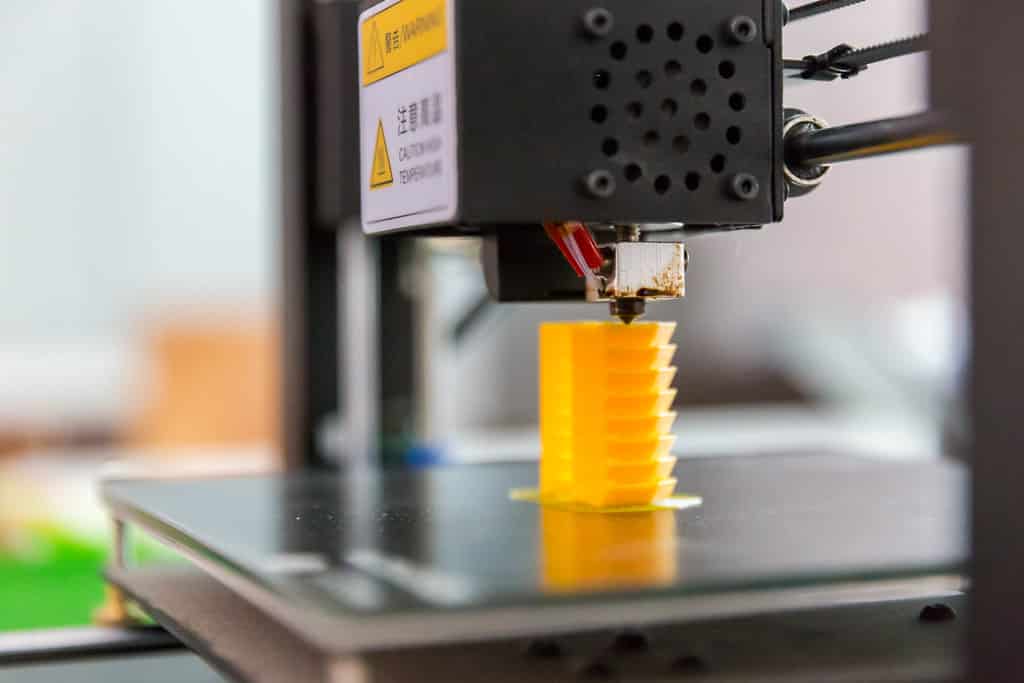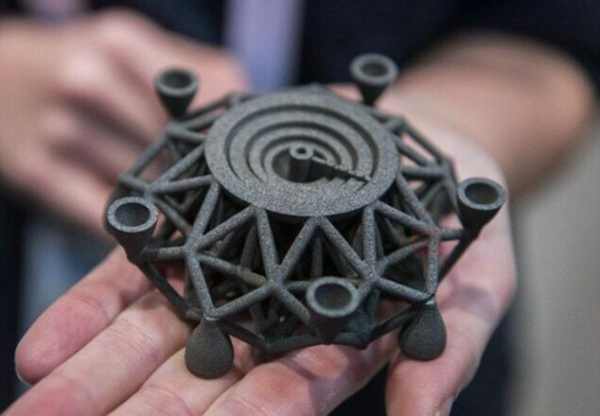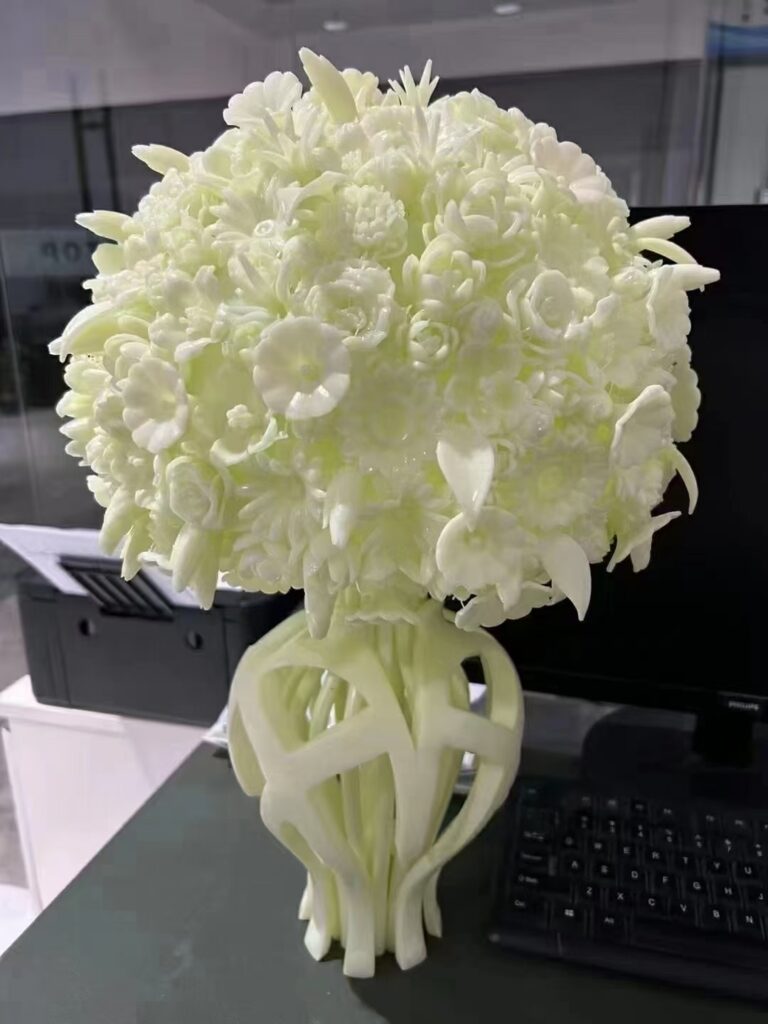Rapid Prototyping Service
Rapid prototyping is essential in product development. It involves creating a physical model of a new product design to help confirm the design and functionality before moving on to the next stage. Prototypes are especially useful for testing purposes, including functional tests, design approvals, and presentations for trade shows, and they serve as a stepping stone to low-volume production.
Without prototypes, ensuring that the product meets specifications can be challenging, which increases the risk of design changes and quality issues. Rapid prototyping often leads to new ideas for redesigns and improvements that might not be clear from just computer images. This process helps to prepare for larger-scale production and is a smart investment for saving costs and managing project timelines effectively.


What Is Rapid Prototyping?
Rapid prototyping is a process used to quickly create a physical model or prototype of a product design. It allows designers and engineers to test and refine their ideas before moving to full production. Using technologies like 3D printing or CNC machining, rapid prototyping can produce models from plastic, metal, or other materials in a short time. This helps identify potential design flaws early, saves time, and reduces costs. It’s especially useful for creating functional prototypes that can be tested for fit, performance, and durability before mass production.
1. Three Main Method Of Rapid Prototyping
CNC Machining
Vacuum Casting
Rapid Tooling
2. Advantages Of Rapid Prototyping
Partnering with Step Rapid for quick prototype manufacturing can benefit you and your business in several ways:
- Experiment with physical models quickly, no matter how complex.
- Create more organic and sculpted shapes.
- Spot design flaws early in development.
- Get consumer input on designs.
- Offer products that better meet customer needs.
- Save on overall product costs.
3. New Technology In Rapid Prototyping
Rapid prototyping is a set of methods that allows for faster model creation than traditional prototyping. It helps engineers speed up the design and development process.
Through the new technology developing, besides above three main method of rapid prototyping. 3D printing is now more and more popular. This technology is an additive process, meaning it builds objects layer by layer from 3D model data. The materials used include photopolymers, thermoplastics, and adhesives

4. How To Choose The Right Rapid Prototyping Technique
Now that you understand the different rapid prototyping technologies, here’s a simple guide to help you choose the best option for your product development.
Consider these questions when selecting the right rapid prototyping method:
- Quality Level: What quality do you expect for your prototype? Is it low-fidelity, medium-fidelity, or functional?
- Fidelity: Do you need a prototype that looks and feels just like the final product?
- Complexity: How complex is the part? More complex designs require more precise prototyping methods.
- Material Properties: Do you need specific features, like flexibility or strength? This will affect your choice of technique.
- Quantity: How many parts do you need? Some methods are better for small runs.
- Resources: What are your time constraints and budget?
5. Why Choose HOSHI For Your Rapid Prototyping Project?
Creating a quality prototype is a crucial first step in developing your product. Finding the right partner for rapid prototyping is key to advancing your idea. We are experts in rapid prototyping and are here to help turn your ideas into reality.
When you’re ready to take your design from rapid prototyping to production, Step Rapid provides smart solutions tailored to your needs. With no minimum order quantity (MOQ) requirements, our lean manufacturing services are perfect for launching new ideas on your timeline. Just partner with us, and we’ll ensure the highest quality for your growing business





